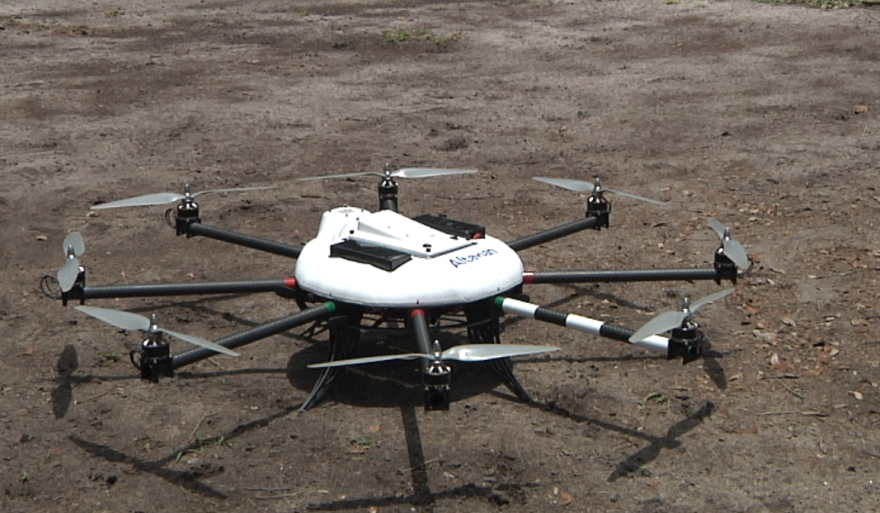For Rodney Watson, knowing exactly what's going on in 13,000 acres worth of land is almost impossible.
Watson, procurement manager at 83 Farms LLC in Bell, Florida, has done it the old-fashioned way for six years by walking or driving a truck through the fields to check the crops by hand. The whole process could take hours.
Then a year ago, the farm got an update: a drone.
With the drone, Watson is able to remotely scan all 13,000 acres of land—which, in farm terms, isn't so big—in a fraction of the time it took before.
As state legislation slowly shifts to allow the implementation of drones in Florida’s agriculture, farmers are beginning to turn to the new technology to cut costs and reduce time-draining tasks like checking on crops acre by acre.
In the past few years, drone technology has become more efficient and cost-effective, allowing for agriculture to integrate them into its business. Florida’s agriculture has tentatively embraced the technology, but restrictive legislation has slowed the process.
In 2013, Florida passed Statute 934.50, which limited the use of drones in law enforcement. However, the Federal Aviation Administration approved an agriculture-specific permit for drone use in January.
According to Thomas Rambo, chief operating officer of Altavian, a local commercial drone company, the FAA is planning to approve all commercial drone use in 2017, which would have a tremendous impact on north central Florida’s economy.
A report in 2015 by the Association for Unmanned Vehicle Systems International outlined the economic impact of the introduction of drones in Florida. It stated Florida would see approximately a $600 million impact and create about 3,000 jobs in the first two years of a drone introduction.
"The majority of them are in agriculture, so agriculture will be the biggest market for UAVs,” said Reza Ehsani, University of Florida assistant professor in the Department of Agriculture and Biological Engineering.
Technology, like drones, is key to allowing more cost-effective farming procedures, Ehsani said. They can help farmers identify disease, unwelcome species and other stresses on their crops.
He said drones have both passive and active application in terms of agriculture.
For example, a passive task for drones would be to survey and map lands to identify problems, manage growth or estimate yield, he said. Active tasks include spraying chemicals on a very specific area or even chasing away unwelcome birds.
Ehsani said these jobs are made easier, not to mention cheaper, with the reduced costs and eventual legality of the drones.
The new drones would benefit small local farms tremendously, said Rambo, chief operating officer of Altavian.
“Some of our early analysis says that smaller farms actually would benefit more from this type of technology,” he said.
“High value crops like blueberries, tomatoes and strawberries can really benefit from either prescription mapping or decreased yields with unmanned air vehicle technology.”
And Watson, procurement manager, agrees.
He has a very bright outlook on the use of drones in agriculture, which he plans to use to survey corn crops that may have been damaged by wild hogs, he said.
“It’s hard to tell from the ground, you know, if the hogs are getting in and tearing it down,” Watson said. “With a plane, it’s hard to see anything, we at least will be able to identify (the hogs)."
Ehsani said that though the technology has been around for years, only recently has it become a viable option for farmers.
“The difference is now with the UAV, we can do this with a much lower cost,” he said. “That makes it more attractive to growers and the fact that they can fly whenever they want to fly.”

